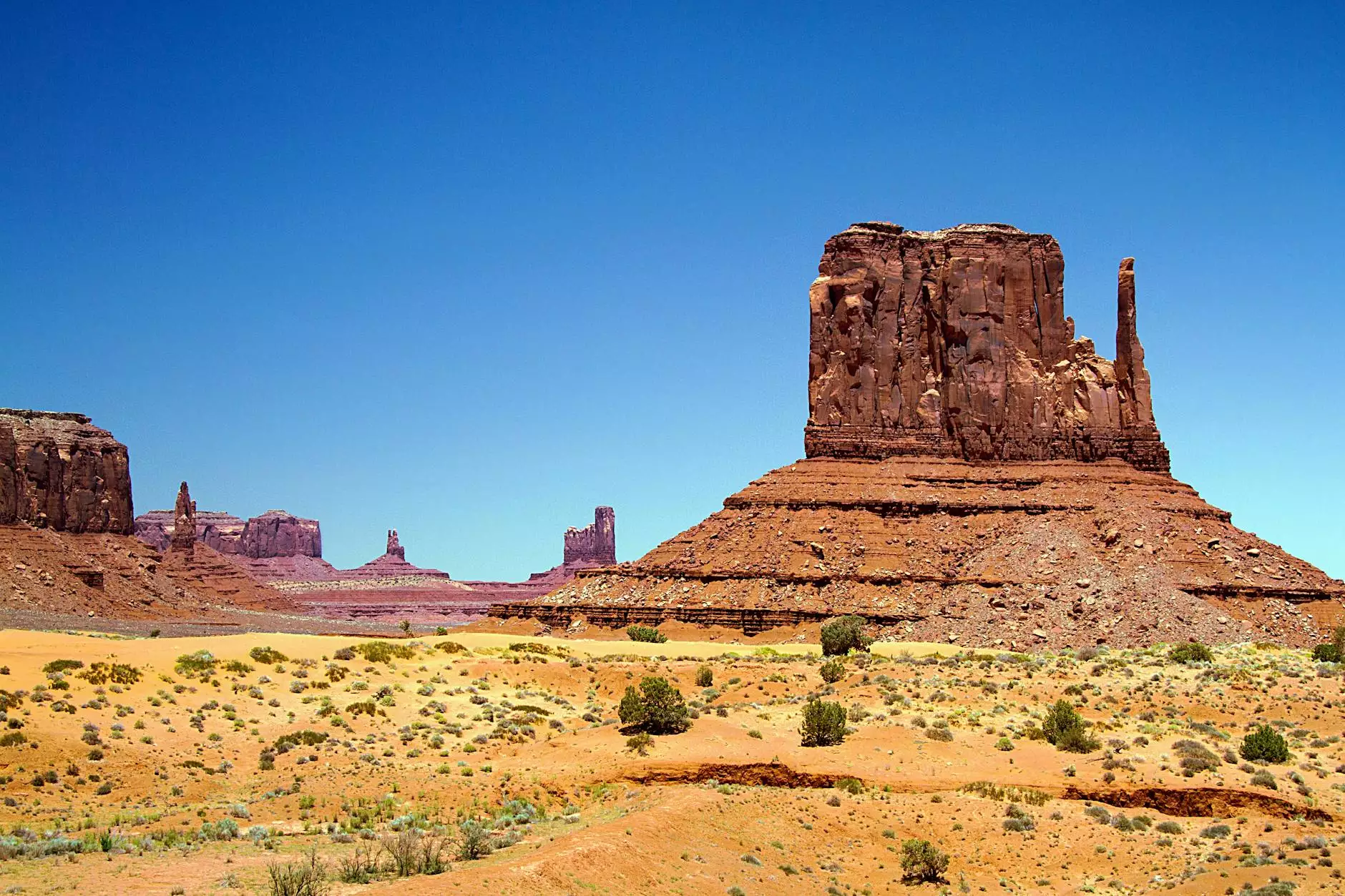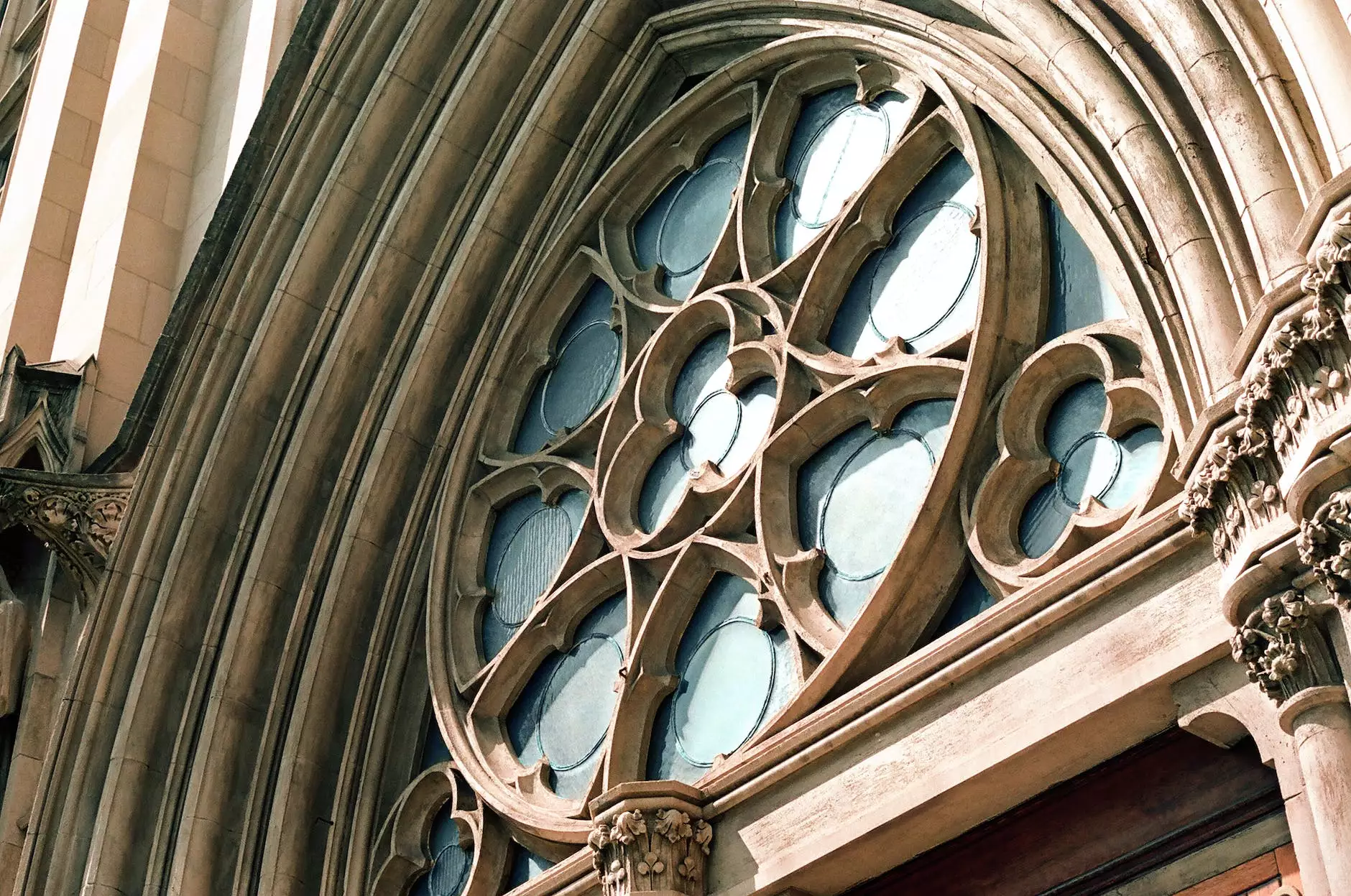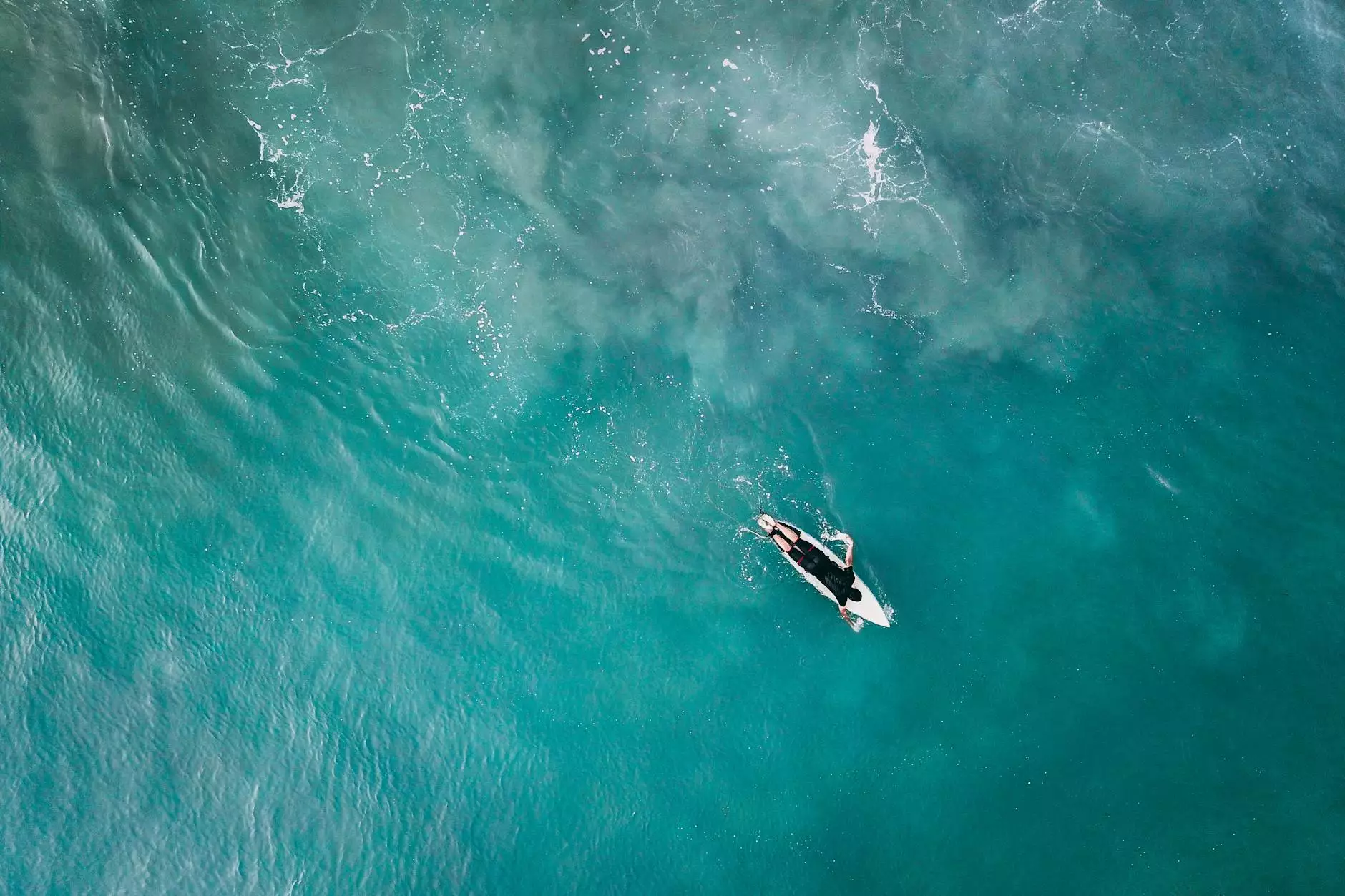Interesting Facts About Death Valley National Park

Death Valley National Park, located in California and Nevada, is a place of stunning contrasts and extreme conditions. It is renowned as the hottest, driest, and lowest national park in the United States. With its breathtaking landscapes, diverse ecosystems, and rich history, Death Valley has captivated the imaginations of many. In this article, we will delve into interesting facts about Death Valley National Park, exploring its unique features, attractions, and the hidden jewels that await those who venture into this extraordinary environment.
The Geography of Death Valley
Death Valley spans approximately 3.4 million acres and features some of the most varied topography in the world. The park is home to valleys, sand dunes, mountains, and salt flats, all of which create a unique landscape that is both beautiful and intimidating. Here are some geographical highlights:
- Lowest Point: Badwater Basin is the lowest point in North America, sitting at 282 feet below sea level.
- High Peaks: Telescope Peak rises 11,043 feet, providing breathtaking views of the entire valley.
- Sand Dunes: The Mesquite Flat Sand Dunes are the most accessible dunes in the park and are perfect for photography and exploration.
Climate and Weather
Death Valley has an incredibly extreme climate that shapes the park’s ecology and visitor experience. Here are some interesting weather-related facts:
- Hottest Recorded Temperature: Death Valley holds the record for the highest temperature ever recorded on Earth, reaching an astounding 134°F (56.7°C) in July 1913.
- Desert Climate: The park averages less than 2 inches of rain each year, making it one of the driest places on the planet.
- Seasonal Extremes: Summer temperatures often exceed 120°F (49°C), while winter can bring cooler temperatures averaging around 60°F (15°C).
Unique Ecosystems
The diverse ecosystems found within Death Valley National Park are among the most fascinating aspects of the region. Despite the harsh conditions, life thrives here in various forms:
Flora
Death Valley is home to over 1,000 species of plants, showcasing incredible adaptations to its arid environment, including:
- Creosote Bush: Known for its resilient nature, this bush can survive for decades in dry conditions.
- Desert Gold: A flowering plant that carpets the valley in vibrant yellow during rare rainy seasons.
- Joshua Trees: Found in the higher elevations, these iconic trees add a unique silhouette to the landscape.
Fauna
The animal life in Death Valley is well-adapted to its extreme conditions. Some examples include:
- Desert Tortoise: This unique species is known for its ability to survive long periods without water.
- Kangaroo Rat: A nocturnal creature that thrives in the dry climate, conserving water efficiently.
- Mountain Lion: These elusive predators roam the rugged mountain slopes, highlighting the park's biodiversity.
Historical Significance
Death Valley has a rich history that dates back thousands of years. Here are some notable historical facts:
- Native American Tribes: The Timbisha Shoshone Tribe has lived in the region for over a thousand years, adapting to the harsh environment.
- Gold Rush: The discovery of gold in the 1840s brought miners to the area, leading to the establishment of short-lived towns.
- Death Valley as a National Park: In 1994, Death Valley was designated as a national park, signifying its environmental and historical importance.
Visitor Experience
For those planning a visit, Death Valley National Park offers a plethora of experiences that highlight its natural beauty and adventurous spirit. Some must-see attractions include:
Badwater Basin
The iconic Badwater Basin, with its vast salt flats and stunning views, is a must-visit destination. The salt formations, caused by the evaporation of water, create a surreal landscape that is both beautiful and photogenic.
Golden Canyon
This popular hiking spot provides a dramatic vista filled with striped rock formations and breathtaking views. The Golden Canyon Trail is accessible and offers various routes, including those leading to the beautiful Red Cathedral.
Artist's Palette
Take a scenic drive through Artist’s Drive to behold the colorful mineral deposits that create an artist's palette of hues. The vibrant colors are particularly stunning during sunrise and sunset.
Tips for Visiting Death Valley
When planning your trip to Death Valley, it’s essential to prepare properly for the unique conditions. Here are some helpful tips:
- Stay Hydrated: Always carry plenty of water, as dehydration can occur quickly in the desert.
- Dress Appropriately: Wear light, breathable clothing and sturdy shoes suitable for rough terrain.
- Plan for Temperature Changes: If visiting during the winter months, be prepared for cooler temperatures, especially at night.
- Observe Wildlife Responsibly: Remember to keep a safe distance from wildlife and follow park guidelines to protect both yourself and the animals.
Conclusion
Death Valley National Park is a remarkable destination filled with interesting facts and spectacular sights. From its extreme climate and unique ecosystems to its rich history and adventure-packed opportunities, there is something for everyone to appreciate. Whether you're an avid hiker, a photography enthusiast, or a history buff, Death Valley will leave you in awe of nature's artistry and resilience. Embrace the spirit of exploration as you discover this extraordinary landscape and appreciate the interest facts about Death Valley National Park.









